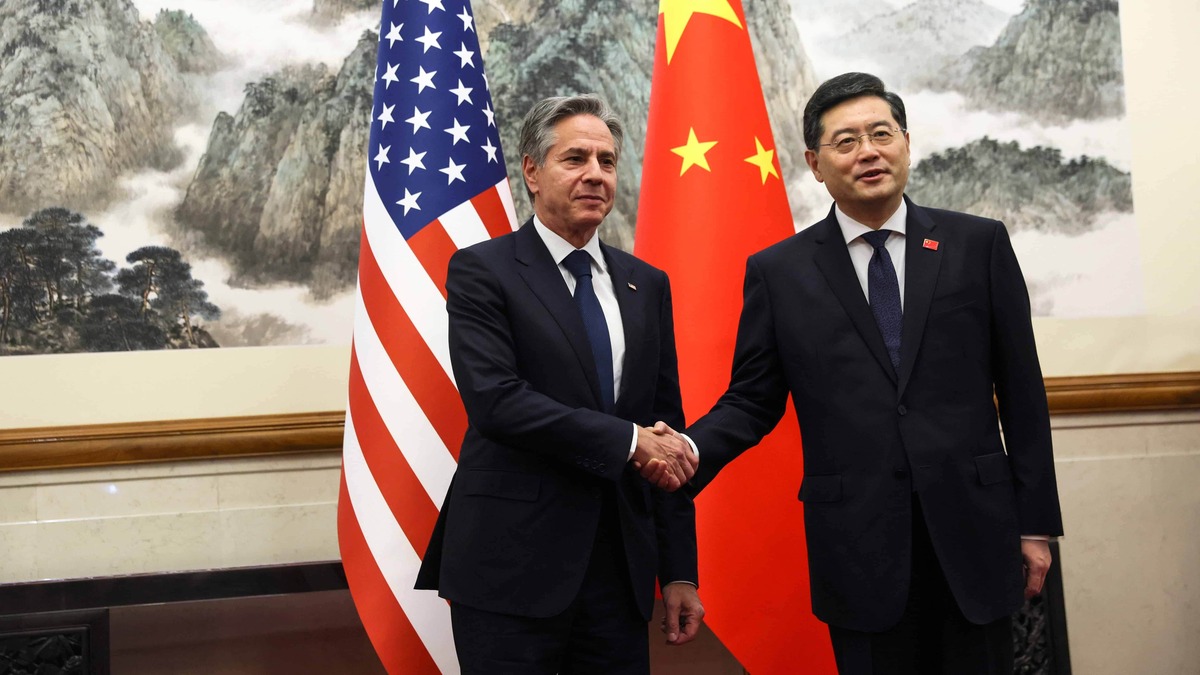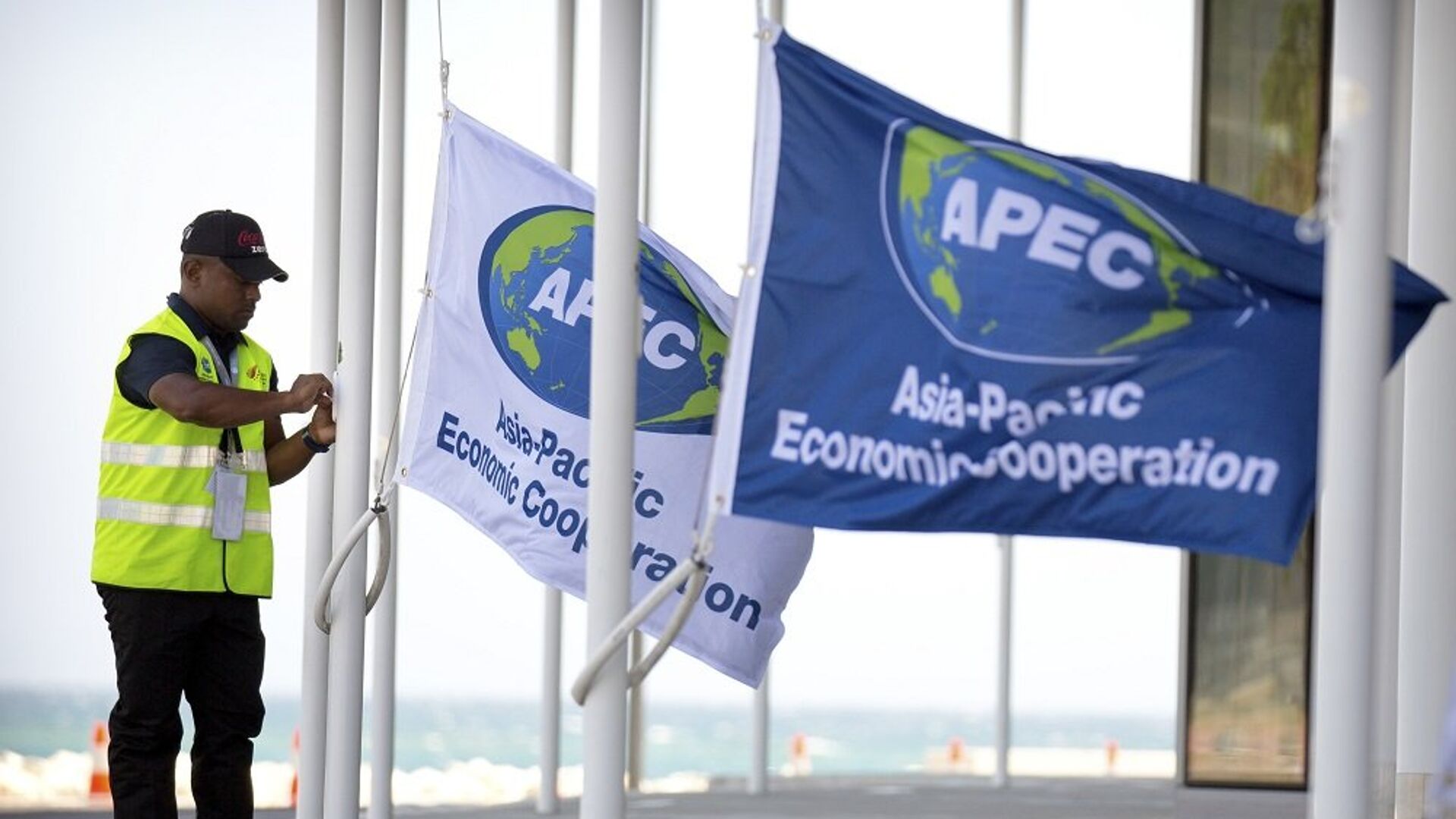Published 20 June 2023
Blinken's recent China visit is the highest-level for a US official since Joe Biden became President. As the countries grapple with rising tensions, messaging from the visit provides key indicators of where the world's most important bilateral relationship might be headed.
US Secretary of State Antony Blinken has just concluded two days of high-level meetings in Beijing. It carried great significance: The visit was the first by a US Secretary of State in nearly five years and the highest-level since Joe Biden became President. It comes at a time of rising tensions between the US and China, as the countries grapple with fallout over the alleged spy balloon incident, tightening US restrictions on technology trade with China, and intensifying frictions over geopolitical flashpoints from Taiwan to Ukraine.
For both countries, atmospherics and messaging from the visit were key strategic indicators. Neither side brought expectations of major breakthroughs. The meeting was nonetheless noteworthy for how each side will attempt to spin it.
Here are the key takeaways:
What did China get out of the meeting?
- The ability to spin a narrative suggesting that Blinken traveled “hat in hand” to Beijing, eager to seek China’s favor. This was visually reinforced by the notably low-key arrival reception extended to Blinken as he disembarked in Beijing.
- Favorable atmospherics that will pave the way for a potential Xi-Biden meeting in November, when the US hosts APEC leaders in San Francisco. Xi can now enter that meeting with the bilateral relationship having been stabilized somewhat.
- The ability to spin a counter-narrative, challenging the US assertion that China is a malign influence destabilizing global order. This is especially important for audiences in the EU, where China’s tacit support and financing for the war in Ukraine is significantly straining relations. China is striving mightily to ensure that the EU does not align too closely behind restrictive US policies on China.
What did the US get out of the meeting?
- The resumption of a dialogue the US hopes will lead to the establishment of so-called “guardrails” to prevent a dangerous deterioration in the relationship. Importantly, however, the US request to open direct military-to-military communication channels was rebuffed. Chinese defense minister Li Shangfu weeks earlier had rebuffed a US invitation to meet in Singapore, and clashed in public remarks with his US counterpart there.
- An increased likelihood that Biden and Xi will meet at APEC, which would dovetail neatly (the US hopes) with the announcement of a successfully concluded Indo-Pacific Economic Framework (IPEF) agreement.
- The strengthening of a critical political narrative as the US electoral cycle hits full stride: Biden is successfully managing the China relationship and reasserting US influence in the Indo-Pacific, while maintaining his commitment to the American worker.
Where do things really stand?
- Beijing is convinced that the US is committed to blocking China’s rise, and is determined to roll back or otherwise overcome the US technology and other restrictions on trade and investment with China.
- The US is convinced that China is determined to usurp the US-led post-WWII global order and replace it with a system more conducive to China’s geopolitical outlook and authoritarian form of government.
- There is scant historical evidence to suggest that the resumption of high-level dialogues will fundamentally alter these deep divides.
- Blinken’s Beijing visit satisfied the short-term atmospheric and messaging needs of both countries and increased the likelihood of relatively placid waters between now and APEC. The jury’s still out over the longer term.
© The Hinrich Foundation. See our website Terms and conditions for our copyright and reprint policy. All statements of fact and the views, conclusions and recommendations expressed in this publication are the sole responsibility of the author(s).






